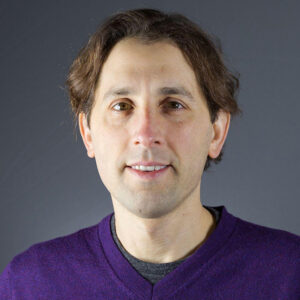Stephen R. Meyers
Position title: Vilas Distinguished Professor
Email: smeyers@geology.wisc.edu
Phone: 608-890-2574
Address:
Office: A466 Weeks Hall
- Teaching Website
- tadada Scientific Lab
- CycloAstro Website
- CycloAstro Project
- Astrochron Software Website
- Astrochron

Research
Formally trained in sedimentary geology – especially stratigraphy and sedimentary geochemistry – with a dollop of statistics and a dash of geophysics, I have enjoyed exploring paleoclimate and paleoceanography through the lens of these fields of study. My work has moved more and more towards the statistical analysis of paleoclimate, especially the development of quantitative approaches and software for the construction and evaluation of astronomical time scales, the intercalibration of astrochronologic and radioisotopic data (see our XRF lab), and the evaluation of Earth System responses to astronomical-insolation changes.
Publications
Teaching
- GEOSCI 100: Introductory Geology: How the Earth Works
- GEOSCI 875: Advanced Topics in Geology: Sed Points of Light